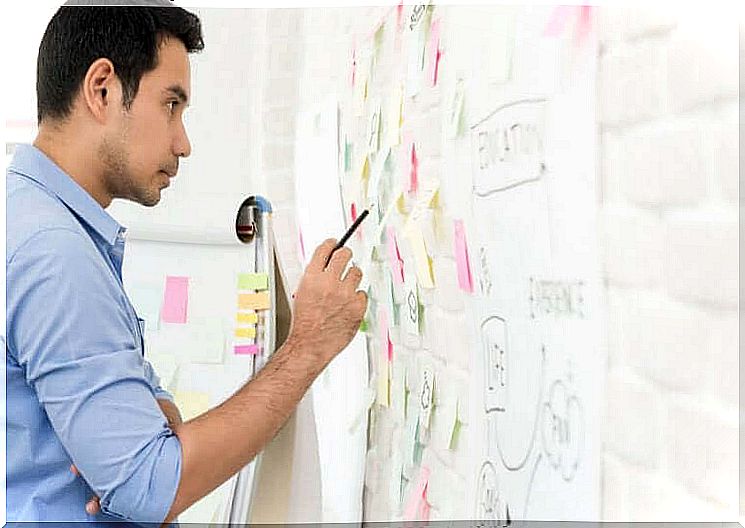What Is The Feynman Technique For Learning?

In short, the Feynman technique is a simple method of self-directed learning. It is a five-step memorization technique. Each step causes the brain to subconsciously absorb the information it is trying to remember little by little.
The technique bears the name of Richard Feynman, an American theoretical physicist who worked on this technique. Feynman took part in the Manhattan Project, among other things. Moreover, he had experience with what exactly to expect: teaching himself complicated ideas.
Richard Feynman
By the age of 15, Richard Feynman had already learned advanced algebra, trigonometry, differential and integral calculus, and more. Before going to university, he was already doing mathematical experiments with a method that followed his own notes.
He was a great theoretical physicist and was awarded a Nobel Prize in 1965 for his theory of quantum electrodynamics. He was also a professor of physics at the California Institute of Technology.
As a professor, he was popular with his students. He was able to make them understand the most complicated theories of physics using simple and familiar language.
As a result, the students learned to understand the subject very well. And this gave way to the Feynman technique, a method of study that applies to both learning and teaching.

According to the Feynman technique and the focus on learning, if you can’t explain something to a child, then you probably don’t understand it well yourself. You don’t fully understand something until you can explain it briefly and precisely.
The 5 steps of the Feynman technique
Choose the concept to learn or teach
The technique starts with clarifying and determining the exact concept you want to learn or understand. Then you have to write the concept on the top of a blank paper. The more specific, the neater and more effective the rest of the learning process will be.
Develop the theme on paper
Use as simple language as possible to write an explanation of the idea. Pretend you’re teaching it to someone who can’t understand the concept. It’s okay to start with a broader summary and then get more and more specific.
Expressing the idea in general terms is not enough to demonstrate complete understanding. Rather, it is a starting point from which you can start working. In other words, it shows the beginning of your understanding.
The Feynman technique: search for new knowledge
If you can’t explain the topic well, go back to your paper and read it again. Do your research and go back to the basics until your explanation seems more or less correct.
You can use any type of information available to you. For example, use interesting facts or images. Use your notes, books, and even things you find on the web. Anything that helps you to better understand the theme and gain new knowledge is appropriate.
It is important to develop this step thoroughly and complete the topic properly. The success of the Feynman technique depends on the correct and complete execution of this step.
Document and clarify new knowledge

As you acquire new knowledge, you need to think about it and document it. Focus especially on how it has changed your understanding.
Creating images, conceptual maps, diagrams, or anything that helps you clarify your own thoughts will be helpful. In short, you are trying to demonstrate, accurately and precisely, a more or less complete understanding of the concept that you are trying to learn or teach using the Feynman technique.
As your understanding changes, so should your demonstration of that understanding. This will deepen your understanding of the theme and ease the learning process. This can also lead to learning new topics.
Rewrite it as if you were teaching a child using the Feynman technique
During this step, you’ll know if you’ve learned the information you want to remember. To complete this step, you need to grab the information you’ve developed and rewrite it. However, write it in a different way, using the simplest language you can. In other words, use everyday language.
Finally, try to say everything out loud, just as you would explain it to a small child. Any example you can use to help a child better understand the information is helpful.
By following the simple steps of the Feynman Technique, you can increase your knowledge on a particular subject from day one. In addition, you can explain your understanding to everyone in a clear and familiar way.









